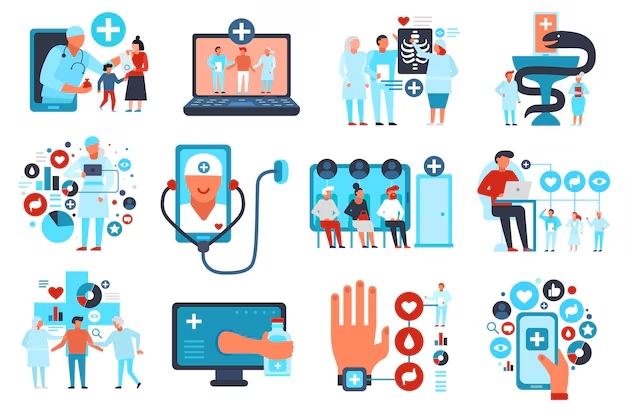In a significant step towards enhancing the landscape of
medical technology regulation, India has joined forces with the
International MedicalDevice Regulators Forum (IMDRF). This collaboration aims to
harmonize regulatory requirements, paving the way for a more robust framework
that ensures patient safety while fostering innovation in the healthcare
sector.
The Importance of Regulatory Harmonization
Regulatory harmonization refers to the process of aligning
different countries’ regulatory requirements, which can help reduce
redundancies and inconsistencies. For countries like India, which is rapidly
evolving into a global hub for medical technology, this alignment is crucial.
By adopting international standards set by the IMDRF, India can enhance its
regulatory processes, making it easier for medical device manufacturers to
enter the market.
The Indian Nexus
Indian nexus in the medical technology field is
characterized by a dynamic interplay between the government, industry players,
and healthcare professionals. With a burgeoning population and increasing
healthcare needs, the demand for innovative medical devices is skyrocketing.
However, the regulatory landscape has often been seen as a hurdle for both
domestic and international manufacturers. The collaboration with IMDRF is set
to address these challenges by introducing more streamlined and efficient regulatory
processes.
This partnership not only aims to simplify the approval
process for new medical devices but also focuses on maintaining high safety and
efficacy standards. By aligning with IMDRF guidelines, India is sending a
strong message to both local startups and international companies: the Indian
market is open for innovation, provided that safety and quality are
prioritized.
Benefits for Stakeholders
- For
Manufacturers: A harmonized regulatory framework means reduced time
and costs associated with getting products to market. This is particularly
beneficial for small and medium-sized enterprises (SMEs) that may struggle
with complex regulatory requirements.
- For
Healthcare Providers: Simplified regulations can lead to faster access
to cutting-edge medical technologies. This not only improves patient care
but also enhances the overall efficiency of the healthcare system.
- For
Patients: Ultimately, the goal of this collaboration is to ensure that
patients have access to safe, effective, and innovative medical devices.
By adhering to international standards, India can better safeguard public
health.
Future Prospects
As India moves forward with this collaboration, the focus
will be on continuous improvement and adaptation. The IMDRF is known for its
commitment to evolving with the changing landscape of medical technology, and
India’s involvement signifies a commitment to not just compliance but also
proactive participation in shaping global health regulations.
In conclusion, India’s partnership with the IMDRF marks a
pivotal moment in the country’s healthcare journey. By harmonizing regulatory
requirements for medical
technology, India is not just enhancing its domestic landscape but also
positioning itself as a key player on the global stage. This collaboration
promises to benefit all stakeholders—manufacturers, healthcare providers, and,
most importantly, patients—by ensuring that innovative medical technologies are
both safe and accessible. As the country embraces this new regulatory
framework, the future of medical technology in India looks promising and poised
for growth.











